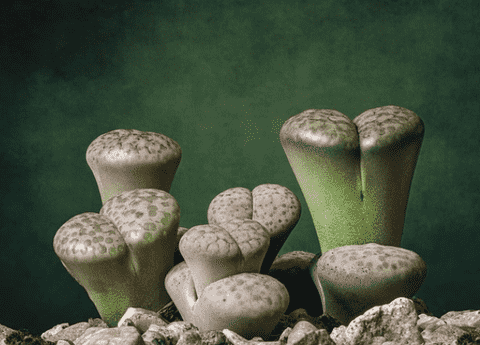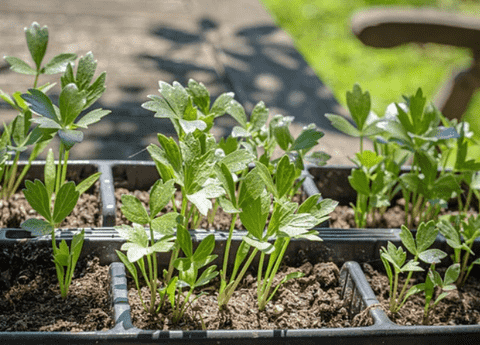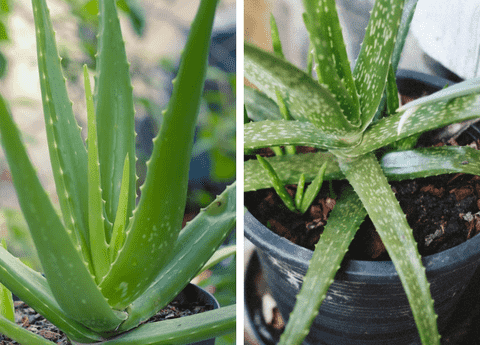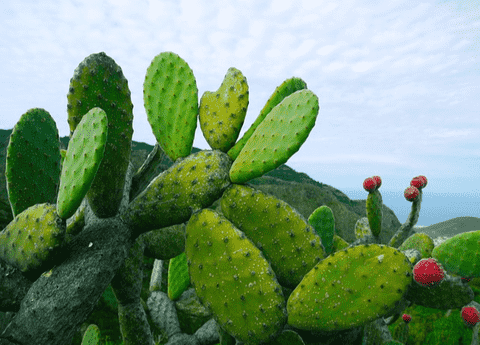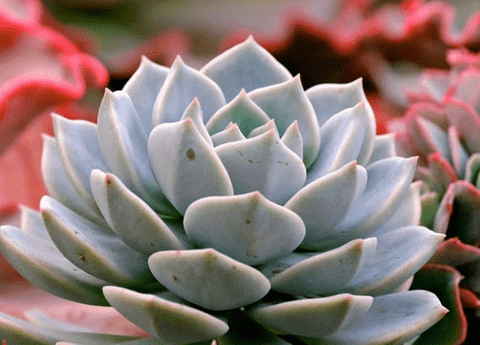Lithops Maintenance 101: Top Tips for Healthy Succulent Care
Table of Contents
Lithops, often referred to as “living stones,” are a fascinating and unique addition to any succulent collection. These remarkable plants, which resemble small, colorful stones, are native to the arid regions of southern Africa and have adapted to survive in some of the harshest conditions on Earth. For plant enthusiasts, amateur gardeners, and succulent collectors alike, mastering Lithops care can be both a rewarding and challenging endeavor. In this ultimate Lithops growing guide, we will delve into essential succulent care tips, explore the intricacies of how to care for Lithops, and provide you with the knowledge needed to ensure your living stones thrive. Read on to uncover the secrets to successfully growing these captivating plants.
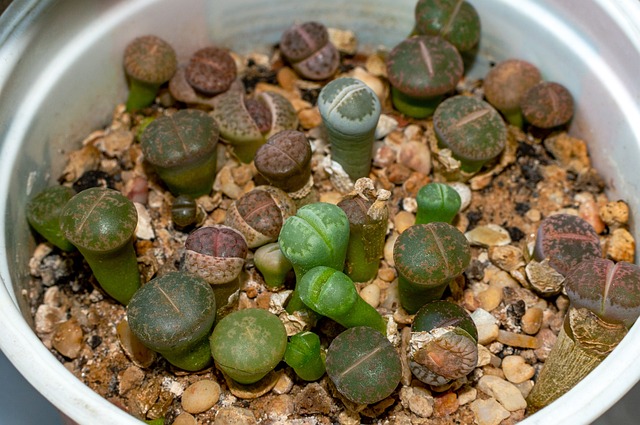
Introduction to Lithops
What Are Lithops?
Lithops, also known as “living stones,” are small succulents that mimic the appearance of stones or pebbles to blend into their natural surroundings. Originating from the arid regions of southern Africa, they have evolved to survive extreme conditions with minimal water. These plants are characterized by two thick, fleshy leaves that are fused together, forming a slit at the top through which a flower may emerge. Unlike many other plants, Lithops don’t have a visible stem, and their root system is relatively shallow. This unique appearance not only helps them avoid herbivores but also reduces water loss. Understanding the basic nature of Lithops is crucial for proper care, as their unique adaptations require specific growing conditions to thrive. In the following sections, we will explore these requirements in detail to help you master Lithops care.
Why Choose Lithops?
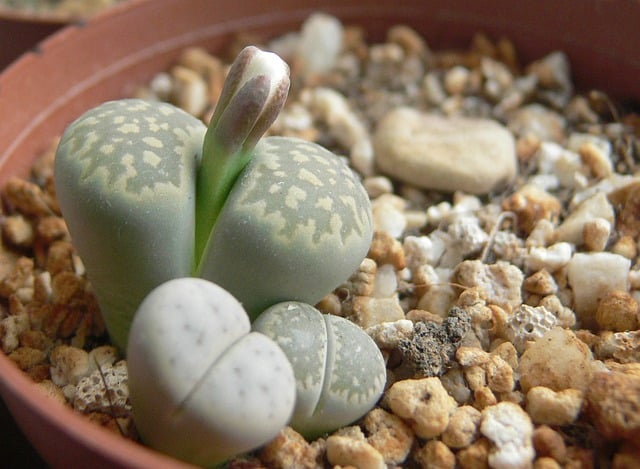
Lithops are an excellent choice for plant enthusiasts and collectors for several reasons. Firstly, their unique appearance adds an intriguing element to any indoor garden or succulent collection. Their stone-like look and vibrant patterns make them stand out among other plants. Additionally, Lithops are relatively compact, making them ideal for small spaces or for those who want to display multiple plants in a limited area. Another appealing aspect is their low water requirement. Once established, Lithops need minimal watering, making them perfect for busy individuals or those new to succulent care. Furthermore, successfully growing Lithops can be incredibly rewarding. Watching them bloom and thrive under your care provides a sense of accomplishment. Lastly, their ability to blend into their surroundings makes them a conversation starter and a point of interest for anyone visiting your home. For these reasons, Lithops make a fascinating and practical addition to any plant collection.
Common Varieties of Lithops
Lithops come in a wide range of varieties, each with distinct colors, patterns, and shapes. Some of the most popular types include Lithops aucampiae, known for its reddish-brown hues and intricate patterns, and Lithops karasmontana, which features a white to grayish color with brown markings. Another well-loved variety is Lithops lesliei, characterized by its greenish-brown appearance and ability to produce large, daisy-like flowers. Lithops hookeri stands out with its robust size and deep, earthy tones of brown and orange. Lastly, Lithops Optica, often found in shades of pink or purple, adds a splash of color to any collection. Each variety has its own unique charm and can be mixed and matched to create a visually stunning display. Understanding the differences between these common varieties can help you choose the right Lithops for your space and ensure you provide the best care for each type.
Lithops Care Essentials
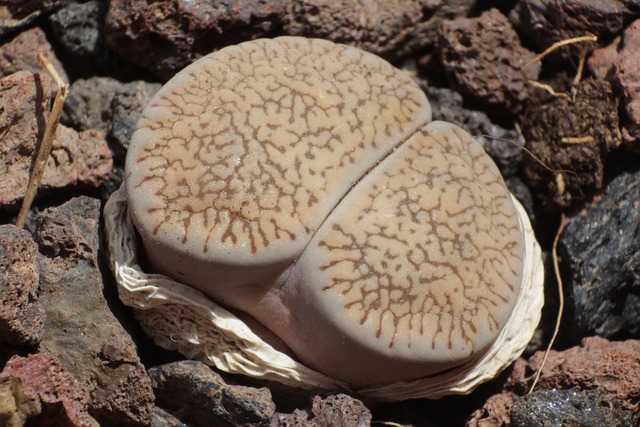
Light and Temperature Needs
Lithops, like most succulents, thrive in bright light. They require at least 4-5 hours of direct sunlight each day to maintain their vibrant colors and healthy growth. For indoor growth, placing them near a south-facing window is ideal. However, it’s important to gradually acclimate your Lithops to intense sunlight to avoid sunburn. In terms of temperature, Lithops are quite resilient. They prefer a warm environment, with an optimal range between 65°F to 80°F (18°C to 27°C). During the winter, they can tolerate temperatures down to 50°F (10°C) but should be protected from frost, as freezing conditions can be detrimental. Maintaining these light and temperature conditions is crucial for Lithops care, ensuring that your living stones remain healthy and vibrant. In the next section, we will discuss the importance of proper watering techniques, which is another critical aspect of Lithops growing.
Watering Schedule and Techniques
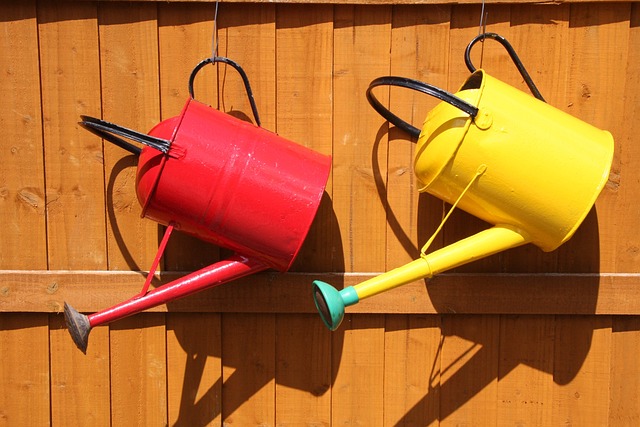
Watering Lithops can be tricky, as their natural habitat has conditioned them to survive long periods without water. The key to successful Lithops care is to mimic these conditions. During their growing season, typically from late spring to early fall, Lithops should be watered sparingly. A useful guideline is to wait until the soil is fully dry before watering again. Excessive watering is a frequent error that can result in root rot and various other problems. In the winter months, Lithops enter a dormant phase and require even less water. It’s often best to avoid watering altogether during this period. When you do water, use the ‘soak and dry’ method: thoroughly drench the soil and then allow it to dry out completely before the next watering. This technique ensures that the roots get enough moisture without becoming waterlogged. Mastering this watering schedule will help keep your living stones healthy and robust.
Soil and Potting Mix
Selecting the right soil and potting mix is vital for Lithops care. These succulents require a well-draining mix to prevent root rot and ensure optimal growth. A commercial cactus or succulent mix is a good starting point. However, for the best results, consider creating a custom blend. Combine equal parts of a basic cactus mix, coarse sand, and perlite or pumice. This mixture promotes excellent drainage and mimics the natural, gritty soil of their native habitat. Avoid using standard potting soil, as it retains too much moisture and can harm your Lithops. Additionally, choose a shallow pot with drainage holes to further enhance water flow. Repotting should be done sparingly, only when necessary, to avoid disturbing the delicate root system. By providing the appropriate soil and potting conditions, you’ll create an ideal environment for your Lithops to thrive and flourish.
Advanced Lithops Growing Tips

Repotting and Propagation
Repotting Lithops is a delicate task that should be undertaken only when absolutely necessary, typically every 3-4 years. This process is best done during their dormant period in late winter or early spring. When repotting, carefully lift the plant out of its current pot, ensuring you don’t harm the roots. Shake off the old soil and inspect the roots for any signs of rot, trimming away any affected areas. Place the Lithops in a new pot with fresh, well-draining soil mix, and avoid watering for a week to allow the roots to settle.
Propagation of Lithops can be achieved through seeds or division. Seed propagation is more common and involves sowing seeds in a well-draining soil mix, and keeping them moist until germination. The division is less frequent and involves carefully separating offsets from the parent plant. Both methods require patience, but successful propagation can expand your collection and provide a sense of accomplishment.
Common Problems and Solutions
Despite their resilience, Lithops can encounter several common problems that may hinder their growth. Over-watering is the most frequent issue, leading to root rot and mushy leaves. To prevent this, ensure your soil is well-draining and adhere strictly to the recommended watering schedule. Another problem is inadequate light, which can cause etiolated or elongated growth. Providing sufficient sunlight or using a grow light can rectify this issue.
Pest infestations, though rare, can occur. Mealybugs and aphids are the typical culprits. Treat infestations with insecticidal soap or neem oil, ensuring the plant is thoroughly coated. If leaves appear wrinkled or shrunken, it could indicate under-watering or a need for dormancy care. Adjust your watering practices accordingly.
Lastly, improper soil can lead to nutrient deficiencies or poor drainage. Always use a suitable potting mix to avoid such issues. By addressing these common problems promptly, you can ensure your Lithops remain healthy and vibrant.
Seasonal Care Tips
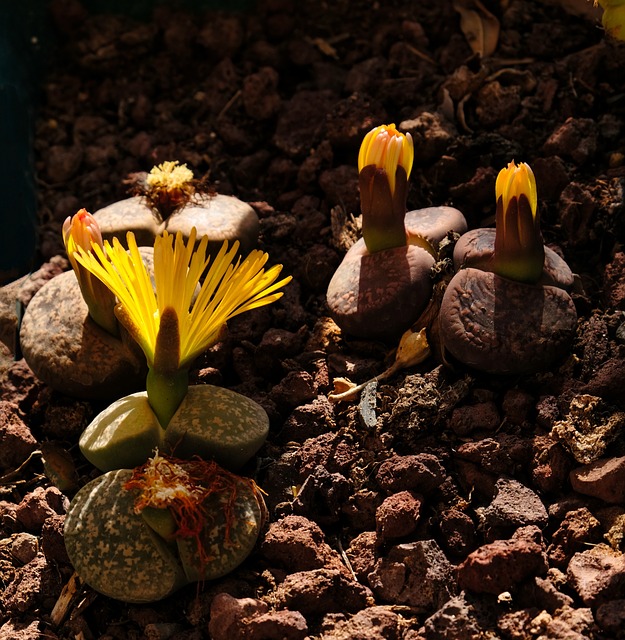
Caring for Lithops requires adjustments throughout the year to accommodate their natural growth cycle. During the spring and summer, which is their active growing period, ensure they receive plenty of sunlight and water sparingly, only when the soil is completely dry. This is also the time when they may produce flowers, adding to their charm.
As autumn approaches, Lithops prepares to enter dormancy. Gradually reduce watering and allow the soil to remain dry for extended periods. This helps mimic their natural environment and prepares them for the winter months.
In winter, Lithops are fully dormant and require minimal care. Avoid watering altogether, as excess moisture during this time can lead to root rot. Ensure they still receive adequate light, but be cautious of sudden temperature drops, especially if they are placed near windows.
By tailoring your care routine to the seasons, you can support the health and longevity of your Lithops, ensuring they thrive year-round.

